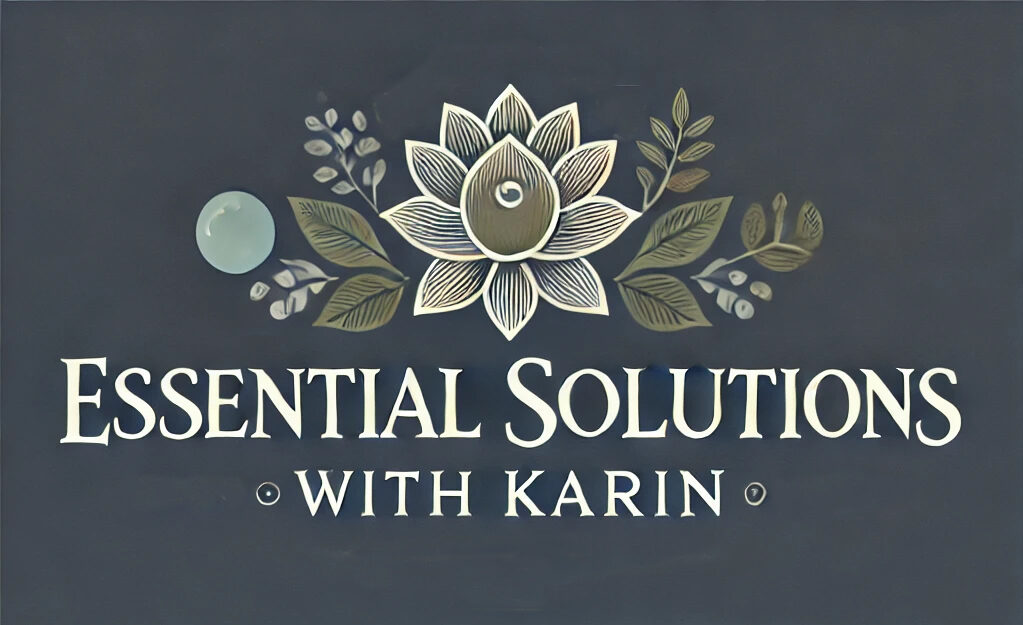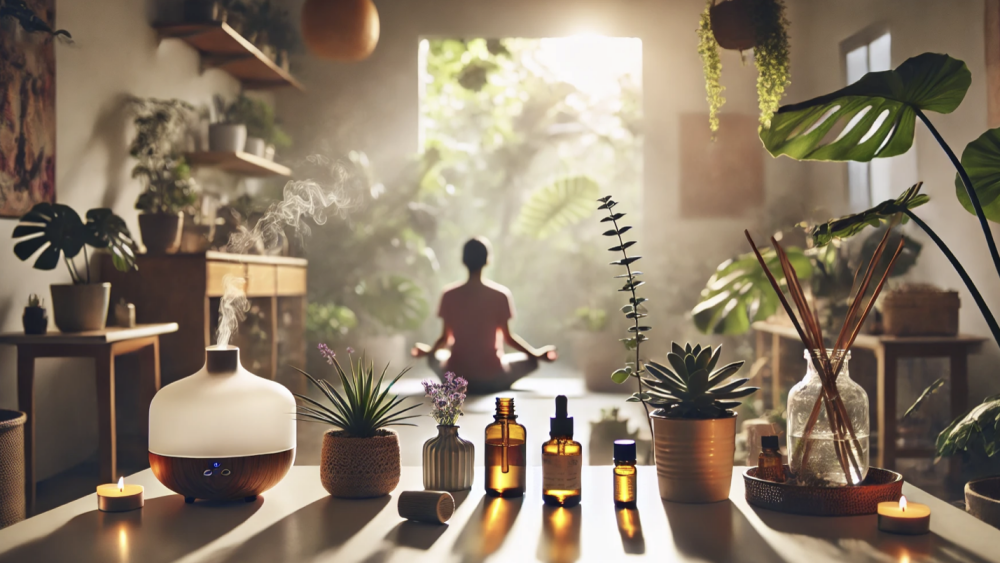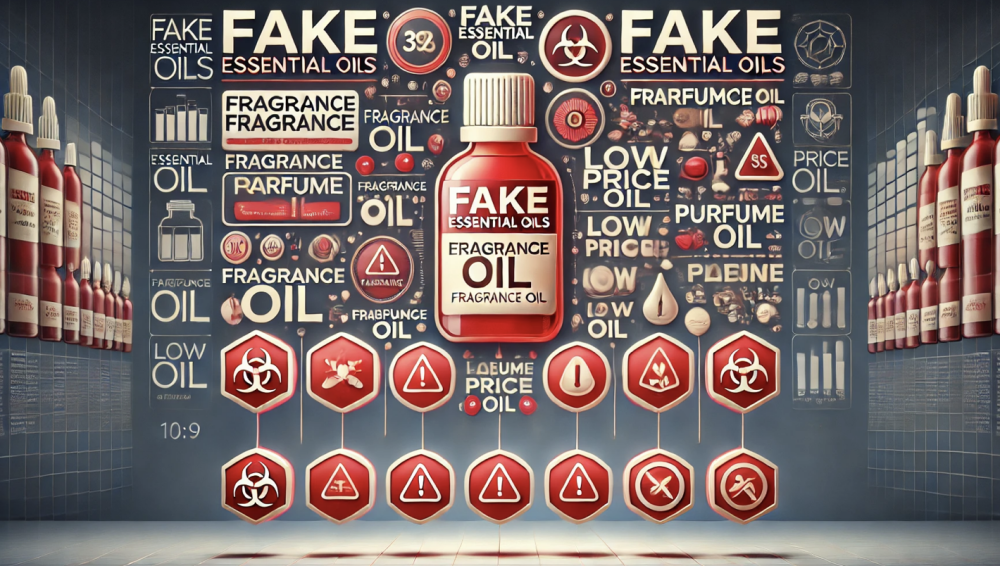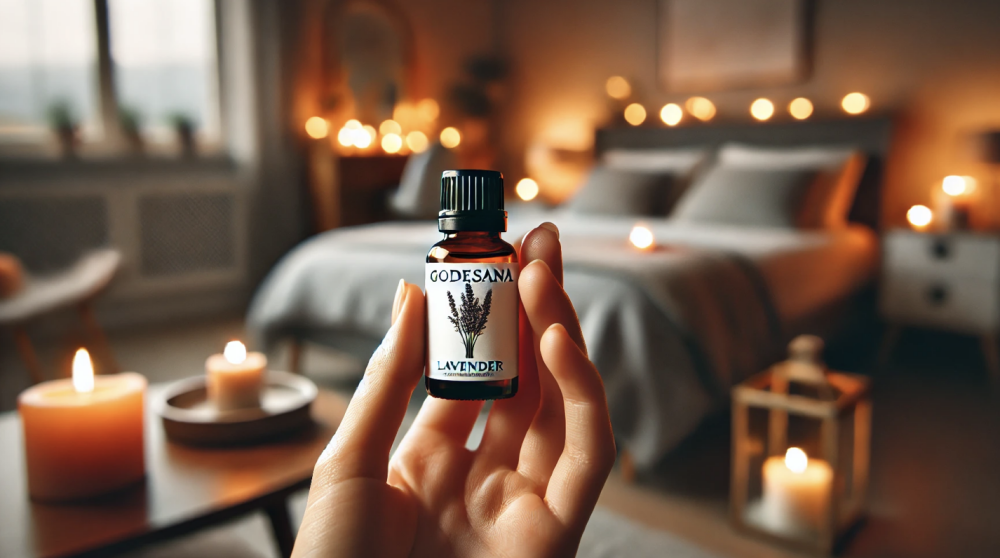
Essential oils aren’t just some new-age trend; they’ve got this rich history that dates way back. Ancient Egypt, China, and India were already hip to the benefits of these oils, using them in everything from medicine to mummification. Nowadays, when you crack open a bottle of lavender or eucalyptus oil, you’re experiencing thousands of years of tradition packed into a tiny bottle.
Ever wondered how those oils make it from plant to bottle? It all starts with extraction. Steam distillation is the classic way to go, kind of like the original method that hasn’t changed much. They’ve got this ancient vibe but work some serious magic in unlocking those fragrant compounds. You might also run into techniques like cold pressing, especially for citrus oils, which is like juicing an orange but on a whole other level.
goDesana.com and Heart and Body Naturals have the process down to a science. These guys focus on purity and authenticity, bringing you oils that are as close to nature as it gets. They make sure the essential oils you get are the real deal, which is pretty crucial if you want all the emotional benefits these oils can offer.
And then there’s natural versus synthetic oils. It’s tempting to go for the cheaper versions, but those often miss some important compounds that give essential oils their “oomph”. Stick with the authentic stuff from trusted brands like goDesana.com and Heart and Body Naturals, and you’ll get the full range of benefits without any of the fluff.
The Science of Aroma: How Essential Oils Influence Emotions

The nose knows. It might sound like a quirky phrase, but there’s some serious science behind it, especially when it comes to how essential oils affect your mood. Olfactory receptors, the little sensors in your nose, are directly connected to the brain areas involved in emotion and memory. This connection explains why certain scents can instantly chill you out or wake you up.
When you sniff essential oils, you’re tapping into the limbic system, often called the emotional brain. This system is like the control room for your emotions—playing a key role in forming memories. Ever notice how a whiff of lavender oil can make you feel all relaxed, almost like you’ve spent a day at the spa? That’s not just in your head; it’s a real interaction between scent molecules and the brain, literally.
Essential oils also interact with neurotransmitters, those chemical messengers in the brain. Oils like lavender and citrus can increase serotonin levels, similar to getting a dose of happiness. Peppermint might shoot energy levels through the roof by waking up the brain. If you look at the research, these scents aren’t just pleasing; they physically modulate brain activity.
There’s a reason why essential oils like lavender, chamomile, and peppermint are staples for improving emotional health. Lavender’s known for its calming vibes, while chamomile can provide comfort during tense times. Peppermint? That’s your go-to for an energy boost. And don’t forget about the uplifting zing of citrus oils like lemon or orange, perfect when you’re feeling down.
If you’re looking to improve emotional health naturally, these oils have your back—charting a direct course to your brain to do their good work. Understanding how essential oils interact with the body can significantly enhance how you navigate mood swings or emotional stress. With a little guidance from brands like goDesana.com and Heart and Body Naturals, using essential oils becomes less about guesswork and more about navigating with confidence.
Essential Oils in Practice: Incorporating Aromatherapy into Daily Life
 Getting started with essential oils can be as simple or as intricate as you want. Whether you’re laying back with a diffuser puffing out relaxing scents or using oils directly on your skin, there’s a method for everyone. Diffusing is the go-to technique, easily filling a room with calming aromas or invigorating freshness. For something more hands-on, try topical applications, but make sure to dilute those potent oils with a carrier like coconut or almond oil.
Getting started with essential oils can be as simple or as intricate as you want. Whether you’re laying back with a diffuser puffing out relaxing scents or using oils directly on your skin, there’s a method for everyone. Diffusing is the go-to technique, easily filling a room with calming aromas or invigorating freshness. For something more hands-on, try topical applications, but make sure to dilute those potent oils with a carrier like coconut or almond oil.
Real stories from godesana.com and Heart and Body Naturals users ring true here—folks are finding more peace, energy, and focus just by integrating essential oils into their routines. Hearing about someone swapping their afternoon caffeine jolt for a quick peppermint pick-me-up is more common than you might think. These anecdotes show how personal and effective using oils can become when tailored to individual needs.
Safety can’t be overlooked when using essential oils. Some oils aren’t skin-friendly without dilution, and others can cause reactions under the sun. Always give your essential oils a little test patch before going all in, especially if you’re trying a new blend. Fortunately, reputable brands provide guidance, helping you use them safely and effectively—often straight from their easy-to-follow guidelines.
Feeling crafty? DIY blends offer a chance to create a personalized aromatherapy experience. Whether you’re aiming for a calming night or an energizing day, custom blends let you adjust the mood right at home. With a bit of experimentation, you can uncover combinations that work specially for you—giving your emotional well-being that extra personalized touch.
Getting the most out of essential oils is about understanding how they integrate with your lifestyle. Thanks to their adaptability and authenticity, they become powerful tools in managing emotions, keeping us more centered, balanced, and ready to face whatever life throws our way.
On the Horizon: The Future of Essential Oils and Emotional Health

Looking ahead, the role of essential oils in promoting emotional health is only set to grow. There’s ongoing research promising to broaden our understanding, unveiling even more about how these plant extracts can influence emotional well-being. Scientists are already peeking into how specific compounds in oils link up with various aspects of brain function. This research is paving the way for new applications, possibly leading to more targeted and effective uses in emotional health care.
Essential oils are weaving their way into mainstream wellness practices. As consumers increasingly opt for holistic healthcare options, you’re likely to see more clinics and wellness centers embracing aromatherapy as part of regular offerings. Places like goDesana.com and Heart and Body Naturals are playing a big part in this shift by advocating for these natural solutions and uplifting community well-being through their initiatives.
The essential oil community is rapidly expanding, bringing together enthusiasts and experts alike who share a passion for plant-based wellness. This trend doesn’t just stay online either. Local workshops and global conferences are fostering a sense of community, driving discussions that go beyond trade secrets to elevate the therapeutic dialogue. Propelled by this interest, essential oils are poised to change how we approach emotional self-care.
The journey with essential oils doesn’t end here. Whether you’re just starting or have been navigating the aromatic world for a while, there’s always something new to explore or learn. Brands that prioritize quality and education, like those at goDesana.com and Heart and Body Naturals, are here to guide. By choosing trusted partners, even the most complex entries into aromatherapy become a journey worth taking, steering us towards a healthier and more emotionally balanced life.




